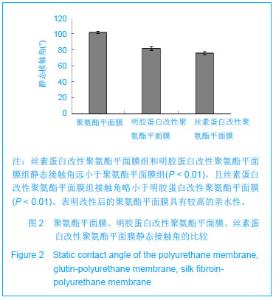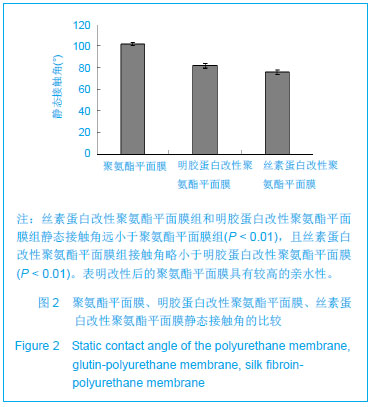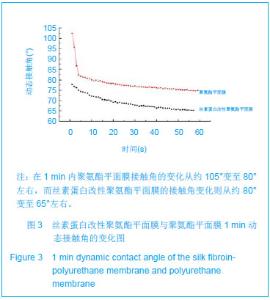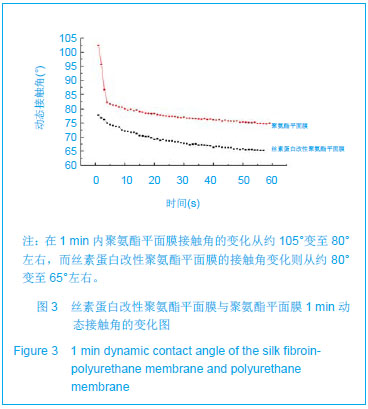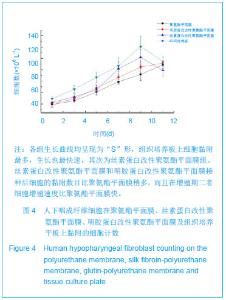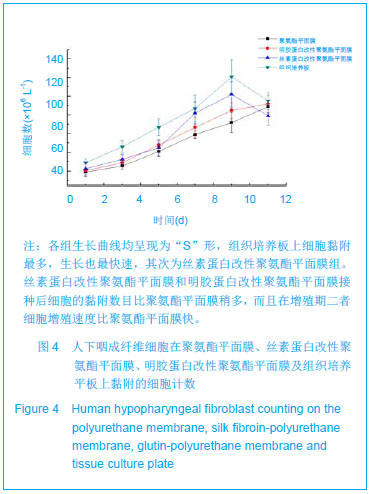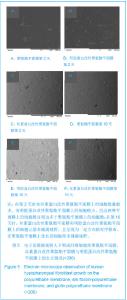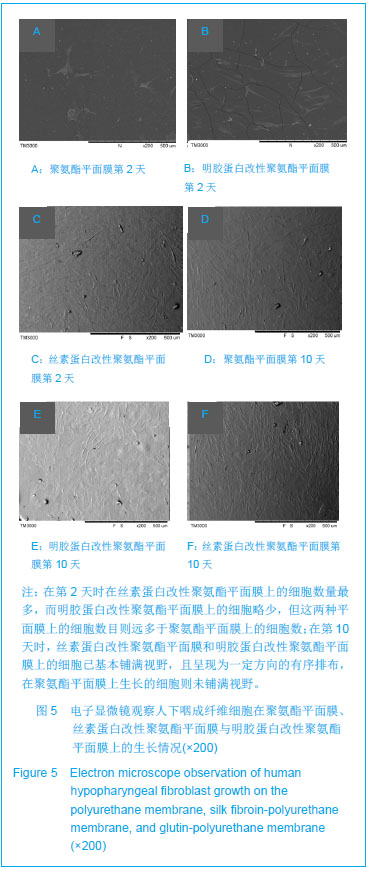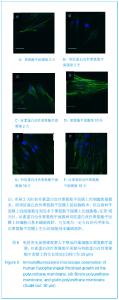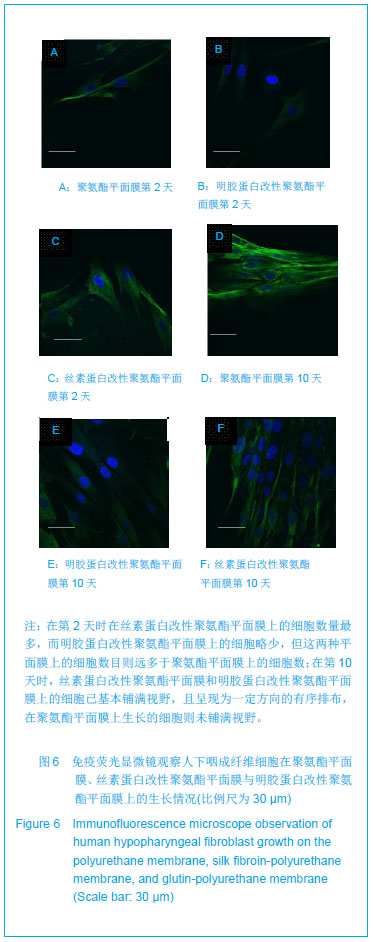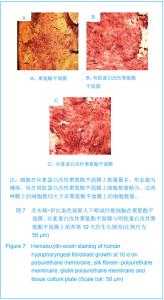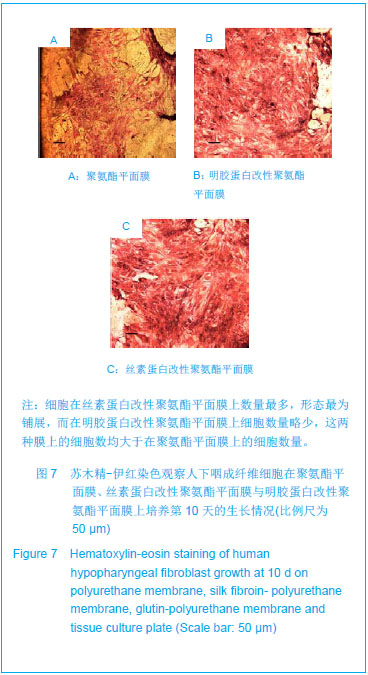| [1]Jiang X,Gu J,Lin L,et al.Investigation on the modification to polyurethane by multi-walled carbon nanotubes. Pigm Resin Technol.2011;40: 240-246[2]Zhu YB,Gao CY,Liu XY,et al.Surface modification of polycaprolactone membrane via aminolysis and biomacromolecule immobilization for promoting cytocompatibility of human endothelial cells. Biomacromolecules.2002;3: 1312-1319.[3]Zhu YB,Chan-Park MB.Density quantification of collagen grafted on biodegradable polyester: its application to esophageal smooth muscle cell. Anal Biochem.2007;363: 119-127.[4]Zhu YB,Sun Y.The influence of polyelectrolyte charges of polyurethane membrane surface on the growth of human endothelial cells. Colloids Surf B Biointerfaces.2004;36(1): 49-55.[5]Yu P,Lewin JS,Reece GP,et al. Comparison of clinical and functional outcomes and hospital costs following pharyngoesophageal reconstruction with the anterolateral thigh free flap versus the jejunal flap. Plast Reconstr Surg. 2006;117(3): 968-974.[6]Koichi O,Yasuhiro T,Teruhisa S,et al.Clinical application of in situ tissue engineering using a scaffolding technique for reconstruction of the larync and trachea. Ann Otol Rhinol Laryngol. 2008;117(9): 673-678.[7]Stachelek SJ,Alferiev I,Choi H,et al.Cholesterol-derivatized polyurethane: characterization and endothelial cell adhesion. Biomed Mater Res A.2005;72: 200-212.[8]Stachelek SJ,Alferiev I,Connolly JM,et al. Cholesterol-modified polyurethane valve cusps demonstrate blood outgrowth endothelial cell adhesion post-seeding in vitro and in vivo. Ann Thorac Surg.2006;81: 47-55.[9]Oehr C.Plasma surface modification of polymers for biomedical use. Nucl Instrum Methods B.2003;208: 40-47. [10]He D,Susanto H,Ulbricht M.Photo-irradiation for preparation, modification and stimulation of polymeric membranes. Prog Polym Sci.2009;34(1): 62-98.[11]Petrini P,Parolari C,Tanzi MC. Silk fibroin-polyurethane scaffolds for tissue engineering.J Mater Sci Mater Med.2001; 12: 849-853.[12]Dal Prà I,Petrini P,Charini A,et al. Silk fibroin-coated three-dimensional polyurethane scaffolds for tissue engineering: interactions with normal human fibroblasts. Tissue Eng.2003;9 (6):1113-1121.[13]Xu XX,Yu YP,Yang LQ.The progress in research on silk fibroin blend membranes. Adv Mater Res.2011;311-313: 2052-2058.[14]Chiarini A,Petrini P,Bozzini S,et al. Silk fibroin/poly(carbonate)-urethane as a substrate for cell growth: in vitro interactions with human cells. Biomaterials.2003;24: 789-799.[15]Zhu YB,Gao CY,He T,et al.Endothelium regeneration on luminal surface of polyurethane vascular scaffold modified with diamine and covalently grafted with gelatin.Biomaterials. 2004;25: 423-430.[16]De Rosa S,Sconza F,Volterra L.Biofilm amount estimation by fluorescein diacetate. Water Res.1998;32(9): 2621-2626.[17]Reilly GC,Engler AJ.Intrinsic extracellular matrix properties regulate stem cell differentiation. J Biomech.2010;43: 55-62.[18]Nakase Y,Nakamura T,Kim S,et al.Intrathoracic esophageal replacement by in situ tissue-engineered esophagus.J Thorac Cardiovasc Surg. 2008;136: 850-859.[19]Saxena AK,Kofler K,Ainodhofer H,et al.Esophagus tissue engineering: hybrid approach with esophageal epithelium and unidirectional smooth muscle tissue component generation in vitro.J Gastrointest Surg.2009;13: 1037-1043.[20]Beckstead BL,Pan S,Bhrany AD,et al. Esophageal epithelial cell interaction with synthetic and natural scaffolds for tissue engineering. Biomaterials, 2005;26: 6217-6228. |
